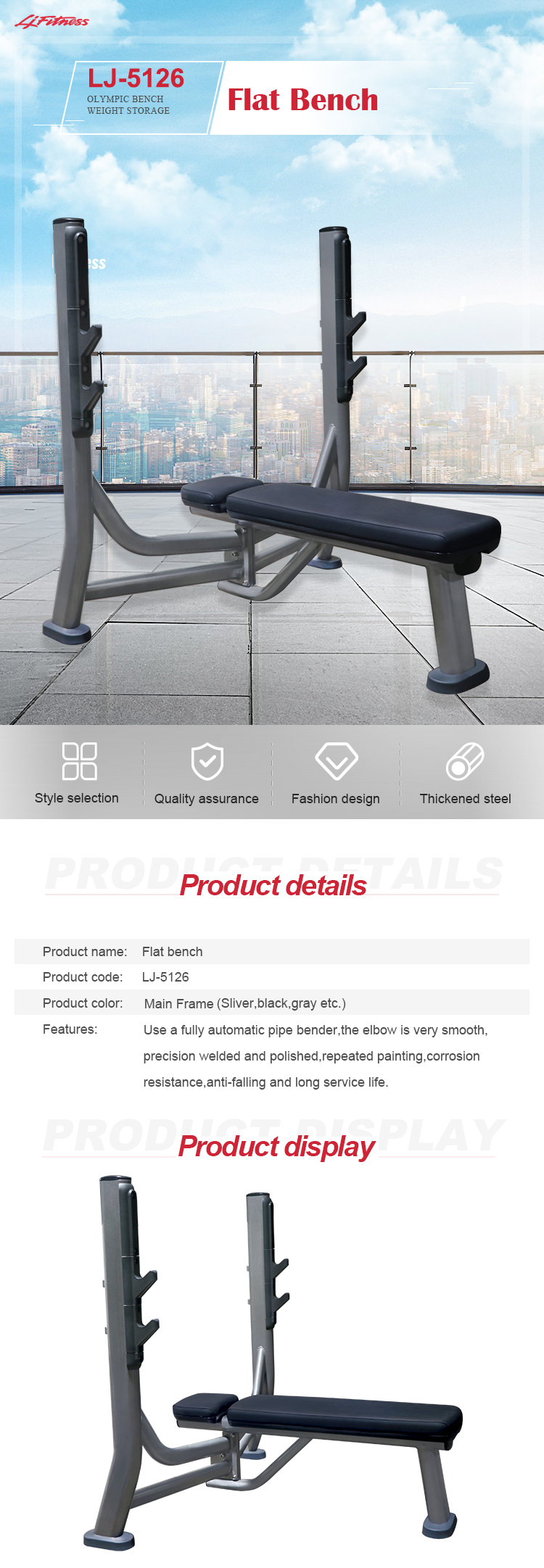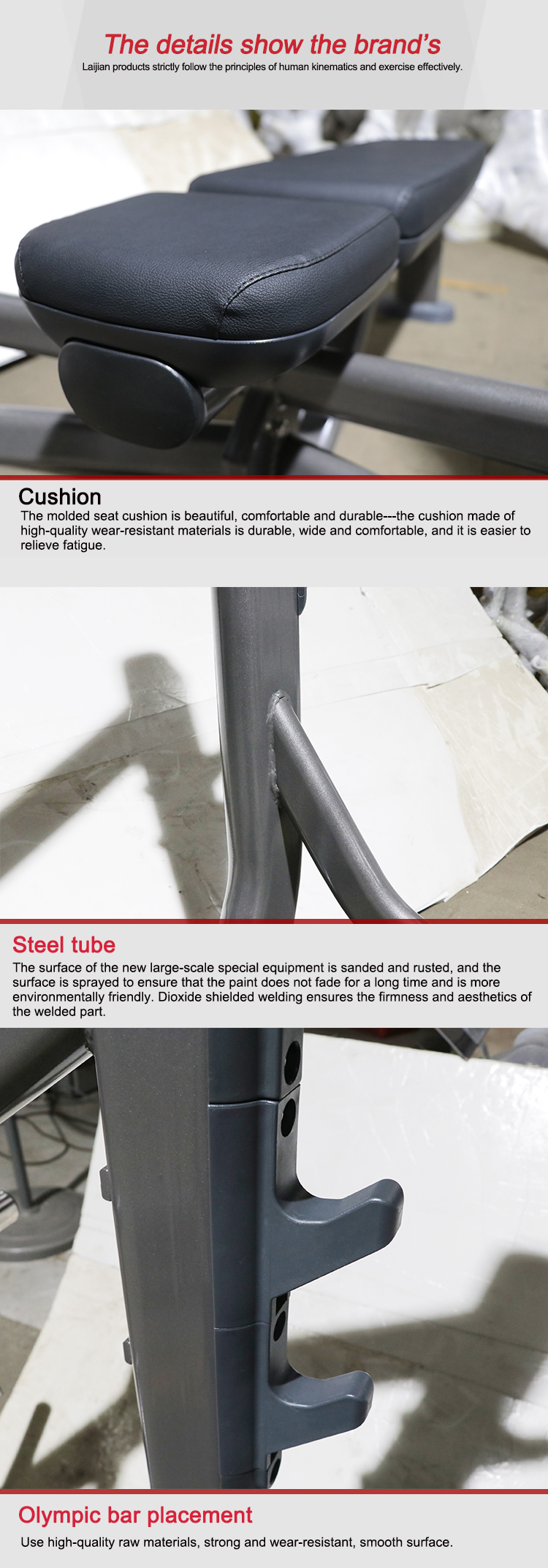
Privacy statement: Your privacy is very important to Us. Our company promises not to disclose your personal information to any external company with out your explicit permission.
Model No.: LJ-5126
Material: Steel
Application: Universal
Place Of Origin: China
Types Of: Medium Loader
Capacity: Other
Can Be Customized: Yes
Brand Name: Ljfitness
Type: Medium Loader
Painting Colors: Shiny black,matt black,red,white,yellow and so on
Cushion: New mold cushion
Dimension: 130*125*130cm
Cushion Color: Red,black,yellow and so on
Tube Thickness: 3.0mm
Customize: Customizable for large quantity
Tube Size: 114*63.5mm
Machine Weight: 69kg
Certificate: CE
Place Of Origin: Guangdong, China
Size: 130*125*130cm
Packaging: Use flat packaging and wrap up with contraction protective film to avoid scratch, bend and deformation in transportation and reduce transportation costs, or customized for all best selling assisted chin dip import sports equipment.
Transportation: Ocean,Land
Supply Ability: 3000 Piece/Pieces per Month Apply to regular import sports equipment
Port: Shenzhen,Foshan,Guangzhou
Payment Type: L/C,Western Union,D/P,T/T,Cash payment
Incoterm: FOB,CFR,CIF,EXW
Introducing the Bold Tube Flat Bench Press Bar Arm Exercise, the ultimate companion for professionals seeking to enhance their upper body strength and sculpt their arms to perfection. Crafted with premium-grade materials, this flat bench press bar guarantees durability and stability during intense workouts. Its bold tube design ensures optimal grip and comfort, allowing for precise and controlled movements. Whether you're a seasoned athlete or a fitness enthusiast, this exercise tool is a must-have for targeting your biceps, triceps, and shoulders. Elevate your training routine with the Bold Tube Flat Bench Press Bar Arm Exercise and unlock your full potential.


| Commodity Name | Bold Tube Bench Press Lifting Fitness Bar Arm Exercise Flat Gym Abdominal For All In One Chest |
| Product Code | LJ-5126-2 |
| Brand | LJFITNESS |
| Design and color | Customers can choose the certain color for painting and cushions,meanwhile,factory can customize customers' detailed change for some certain parts based on large quantity |
| Spraying coating | Three layers Electrostatic spraying |
| Exporting experience | we have been doing this business for over 10 years,exported to over 70 countries,has lots of experience in kinds of payment methods,exporting and importing policies,can offer customers one-stop ordering service |
| Factory visiting | All customers are so warmly welcome to come and visit our factory,production line,we will offer cars and other ways to pick up you from the train station or airport |
| exercise angle | Based on biomechanical principles |
| Strongpoints | 1)perfect design ideas from American professional experts |
| 2)attractive appearance | |
| 3)excellent working skills &high-tech auto-machines |
Product Categories : Sports Training Equipment


Privacy statement: Your privacy is very important to Us. Our company promises not to disclose your personal information to any external company with out your explicit permission.

Fill in more information so that we can get in touch with you faster
Privacy statement: Your privacy is very important to Us. Our company promises not to disclose your personal information to any external company with out your explicit permission.